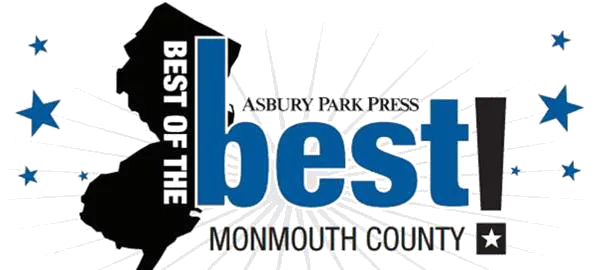Last winter, my shoulder froze. Not from the cold, but from a condition aptly named “frozen shoulder.”
The pain was relentless, and sleep became a distant memory.
My orthopedist recommended physical therapy—a solid start, but six weeks in, I’d plateaued.
That’s when I stumbled upon what I now consider the hidden multiplier in healing: therapeutic combinations.
When One Path Isn’t Enough
We’ve all been there—stuck in recovery purgatory.
The initial progress fades, and we wonder if this is as good as it gets.
I certainly did. But the human body rarely responds to one-dimensional approaches, because we aren’t one-dimensional beings.

Combined Therapies Can Help You Recover
Think about it. When you catch a cold, you don’t just take medicine—you also drink fluids, rest, and maybe sip some honey-lemon tea. Instinctively, we know healing requires multiple angles of attack. Yet when facing more complex challenges, we often forget this fundamental truth.
The Conversation Between Treatments
My breakthrough came when my physical therapist mentioned something curious: “Your muscles are doing what I ask during our sessions, but they’re reverting to protection mode immediately after.” This protection mode—muscle guarding—was my body’s response to deeper issues the PT alone couldn’t address.
What happened next transformed my understanding of recovery. I added trigger point therapy to release the muscle guarding, followed by gentle yoga to retrain movement patterns. Within three weeks, my frozen shoulder began to thaw.
This wasn’t a coincidence. It was synergy.
Building Your Recovery Ecosystem
The most effective healing journeys resemble ecosystems rather than assembly lines. Each element supports the others in ways that are impossible to achieve in isolation.
Finding Your Cornerstone Practice
Every recovery ecosystem has a cornerstone—the primary intervention addressing your core issue. For my shoulder, it was physical therapy. For someone battling insomnia, it might be cognitive behavioral therapy. For chronic inflammation, perhaps an anti-inflammatory protocol.
The cornerstone provides structure but rarely completes the picture.
Weaving in Complementary Elements
Here’s where creativity enters healing. The complementary practices you choose should address different dimensions of your condition:
For physical injuries, consider how movement, release, stabilization, and nervous system regulation might work together. My combination—PT for proper movement, trigger point therapy for release, and yoga for integration—targeted distinct yet interconnected aspects of recovery.
For mental health challenges, perhaps traditional therapy provides insight, while breathwork offers in-the-moment regulation, and community connection addresses the often-overlooked social dimension of well-being.
The Surprising Power of Seemingly Unrelated Therapies
My neighbor Mark battled chronic back pain for decades. His pain management program helped somewhat, but the breakthrough came from an unexpected quarter—working with a voice coach. Years of pain had altered his breathing patterns, creating a vicious cycle that maintained tension in his torso. Learning to sing properly reorganized his breathing, indirectly releasing the very muscles contributing to his back problems.
This illustrates a profound truth: sometimes, the missing piece in our healing comes from seemingly unrelated practices.
Practical Considerations for Combined Approaches
The Orchestra Needs a Conductor
When working with multiple practitioners, someone needs to oversee the bigger picture. Sometimes, that’s you. I maintain a simple journal tracking how different therapies interact—noting when acupuncture makes my PT exercises more effective or when massage before stretching yields better results than the reverse order.
Financial Sustainability
Multiple therapies can strain budgets. Consider creative approaches:
- Group classes cost less than private sessions
- Space out more expensive treatments
- Learn self-administered techniques from professionals
- Explore community clinics and sliding scale options
The Courage to Customize
Cookie-cutter approaches rarely yield transformative results. Your healing journey deserves the same thoughtful customization you’d give any important project.
When I finally abandoned the “just do your PT exercises” narrow path and embraced a multi-faceted approach, I didn’t just recover mobility—I discovered a new relationship with healing itself.
Our bodies speak many languages of recovery. Why limit yourself to just one, when fluency in several might be your key to breakthrough? In the orchestra of healing modalities, the most beautiful symphonies emerge when diverse instruments play in harmony.

